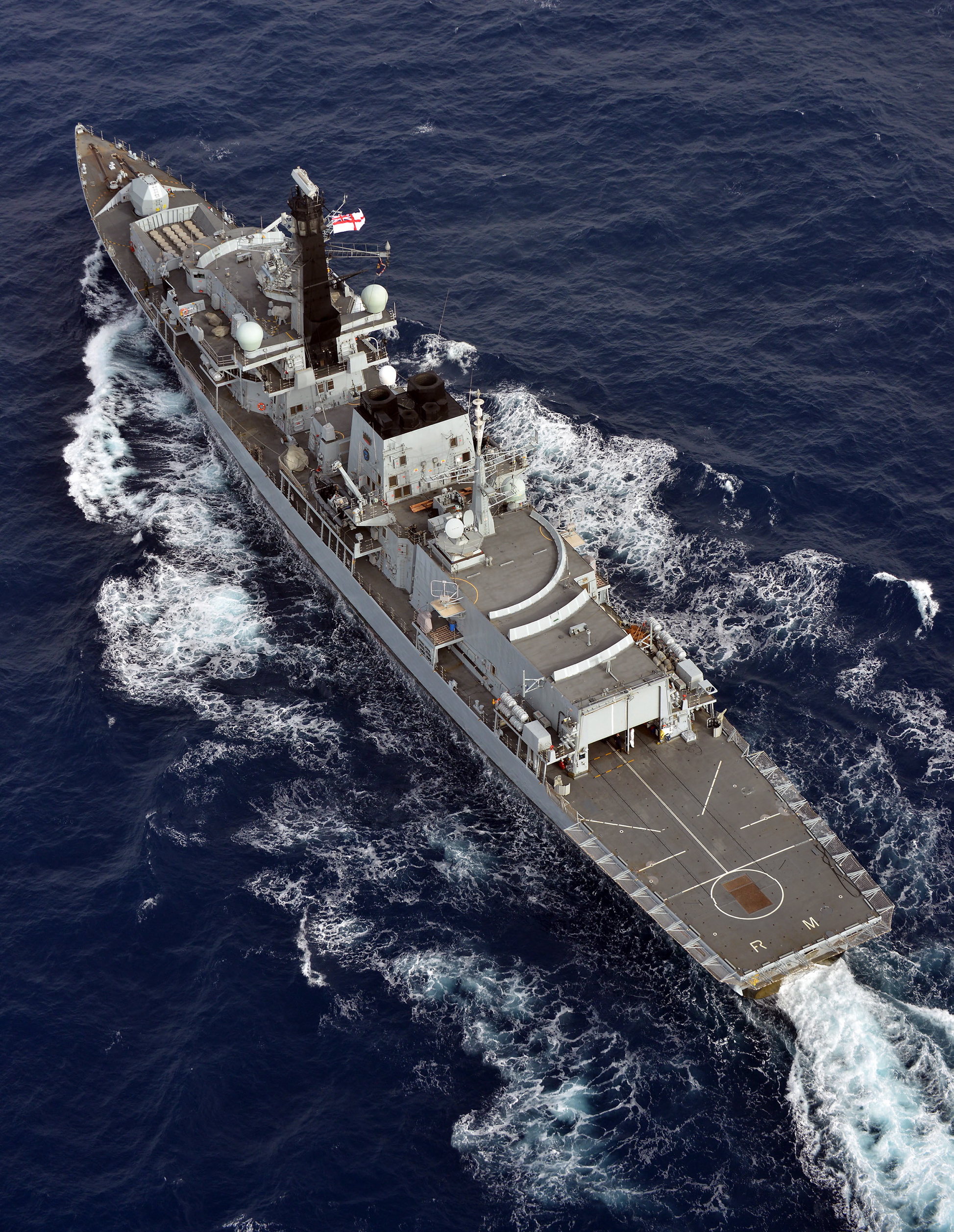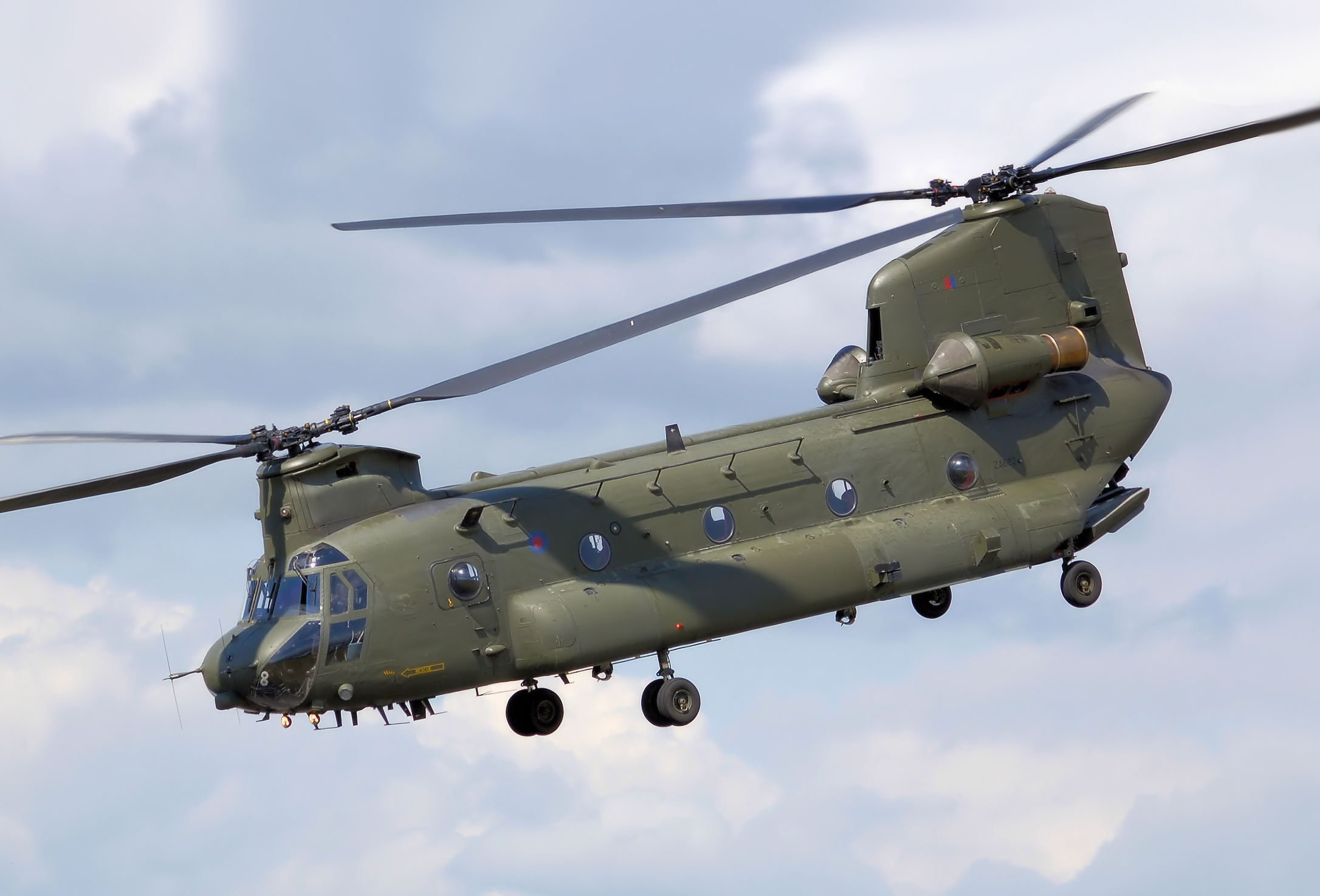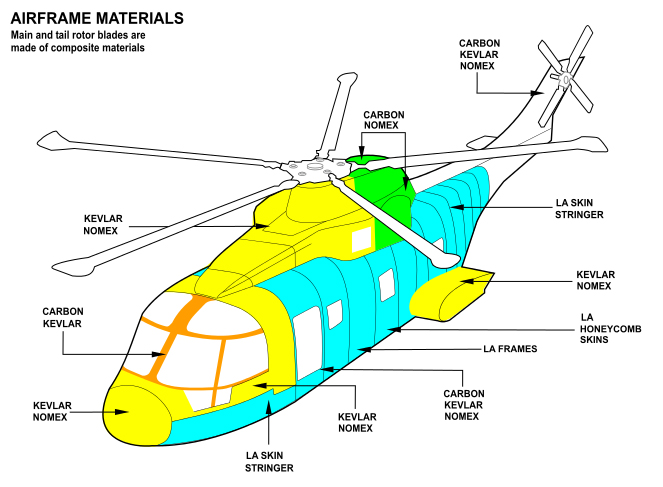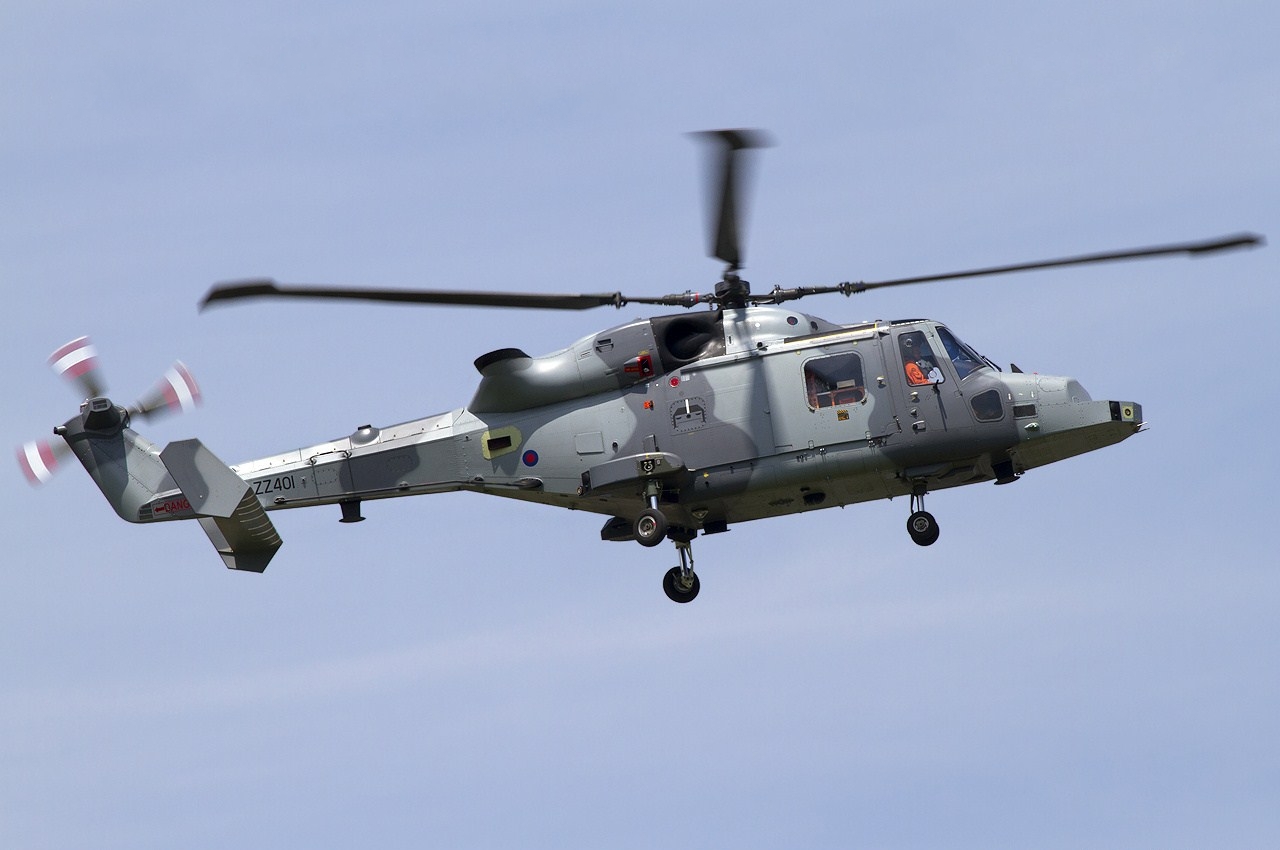|
HMS Cardiff (Type 26 Frigate)
HMS ''Cardiff'' is the second Batch 1 Type 26 frigate to be built for the United Kingdom's Royal Navy. The first steel was cut on 14 August 2019. The Type 26 class will partially replace the navy's thirteen Type 23 frigates, and will be a multi-mission warship designed for anti-submarine warfare Anti-submarine warfare (ASW, or in older form A/S) is a branch of underwater warfare that uses surface warships, aircraft, submarines, or other platforms, to find, track, and deter, damage, or destroy enemy submarines. Such operations are t ..., air defence and general purpose operations. The frigate is currently being constructed at the BAE Systems shipyard in Govan, Glasgow along with her sister ships HMS ''Glasgow'' and ''Belfast'' and will be the second to enter production as part of the £3.7 billion contract for the three ships, announced by the MoD in 2017. References {{Type 26 frigate Type 26 frigates of the Royal Navy ... [...More Info...] [...Related Items...] OR: [Wikipedia] [Google] [Baidu] |
United Kingdom
The United Kingdom of Great Britain and Northern Ireland, commonly known as the United Kingdom (UK) or Britain, is a country in Europe, off the north-western coast of the continental mainland. It comprises England, Scotland, Wales and Northern Ireland. The United Kingdom includes the island of Great Britain, the north-eastern part of the island of Ireland, and many smaller islands within the British Isles. Northern Ireland shares a land border with the Republic of Ireland; otherwise, the United Kingdom is surrounded by the Atlantic Ocean, the North Sea, the English Channel, the Celtic Sea and the Irish Sea. The total area of the United Kingdom is , with an estimated 2020 population of more than 67 million people. The United Kingdom has evolved from a series of annexations, unions and separations of constituent countries over several hundred years. The Treaty of Union between the Kingdom of England (which included Wales, annexed in 1542) and the Kingdom of Scotland in 170 ... [...More Info...] [...Related Items...] OR: [Wikipedia] [Google] [Baidu] |
Phalanx CIWS
The Phalanx CIWS (often spoken as "sea-wiz") is a gun-based close-in weapon system to defend military watercraft automatically against incoming threats such as aircraft, missiles, and small boats. It was designed and manufactured by the General Dynamics Corporation, Pomona Division,Thomas, Vincent C. ''The Almanac of Seapower 1987'' Navy League of the United States (1987) p.191 later a part of Raytheon. Consisting of a radar-guided Vulcan cannon mounted on a swiveling base, the Phalanx has been used by the United States Navy and the naval forces of 15 other countries. The US Navy deploys it on every class of surface combat ship, except the and . Other users include the British Royal Navy, the Royal Australian Navy, the Royal New Zealand Navy, the Royal Canadian Navy and the US Coast Guard (aboard its - and s). A land variant, the LPWS (Land Phalanx Weapon System), part of the C-RAM system, was developed. It was deployed to counter rocket, artillery and mortar attacks du ... [...More Info...] [...Related Items...] OR: [Wikipedia] [Google] [Baidu] |
Type 23 Frigate
The Type 23 frigate or Duke class is a class of frigates built for the United Kingdom's Royal Navy. The ships are named after British Dukes, thus leading to the class being commonly known as the Duke class. The first Type 23, , was commissioned in 1989, and the sixteenth, was commissioned in June 2002. They form the core of the Royal Navy's destroyer and frigate fleet and serve alongside the Type 45 destroyers. They were designed for anti-submarine warfare, but have been used for a range of uses. Twelve Type 23 frigates remain in service with the Royal Navy, with three vessels having been sold to the Chilean Navy, and one being retired in 2021. The Royal Navy's Type 23 frigates will be replaced by the Type 26 Global Combat Ship and the Type 31 frigate. it is anticipated that HMS ''St Albans'' will be the last to retire from the Royal Navy, in 2035. Development When first conceived in the late 1970s, the Type 23 was intended to be a light anti-submarine frigate with a towed ... [...More Info...] [...Related Items...] OR: [Wikipedia] [Google] [Baidu] |
Royal Navy
The Royal Navy (RN) is the United Kingdom's naval warfare force. Although warships were used by English and Scottish kings from the early medieval period, the first major maritime engagements were fought in the Hundred Years' War against France. The modern Royal Navy traces its origins to the early 16th century; the oldest of the UK's armed services, it is consequently known as the Senior Service. From the middle decades of the 17th century, and through the 18th century, the Royal Navy vied with the Dutch Navy and later with the French Navy for maritime supremacy. From the mid 18th century, it was the world's most powerful navy until the Second World War. The Royal Navy played a key part in establishing and defending the British Empire, and four Imperial fortress colonies and a string of imperial bases and coaling stations secured the Royal Navy's ability to assert naval superiority globally. Owing to this historical prominence, it is common, even among non-Britons, to ref ... [...More Info...] [...Related Items...] OR: [Wikipedia] [Google] [Baidu] |
Type 26 Frigate
The Type 26 frigate or City-class frigate is a class of frigate being built for the United Kingdom's Royal Navy, with variants also being built for the Australian and Canadian navies. The programme, known as the Global Combat Ship, was launched by the UK Ministry of Defence to partially replace the navy's thirteen Type 23 frigates, and for export. Its primary role is to conduct advanced anti-submarine warfare missions while supporting air defence and general purpose operations. The type is the first naval platform shared between Australia, Canada and the United Kingdom since the Tribal-class destroyer. The programme began in 1998, under what was then known as the Future Surface Combatant (FSC). However, by March 2010, this procurement programme had evolved to become the Global Combat Ship, following the announcement of a four-year, £127 million design contract being awarded to BAE Systems Maritime – Naval Ships. The design passed Main Gate 1 in early 2015, with the Demonstra ... [...More Info...] [...Related Items...] OR: [Wikipedia] [Google] [Baidu] |
Rolls-Royce MT30
The Rolls-Royce MT30 (Marine Turbine) is a marine gas turbine engine based on the Rolls-Royce Trent 800 aero engine. The MT30 retains 80% commonality with the Trent 800, the engine for the Boeing 777. The maximum power rating is 40 MW and minimum efficient power 25 MW. Rolls-Royce announced the MT30 program on 11 September 2001. The first run of the engine was on 6 September 2002. In early 2003 the MT30 was selected to power the Royal Navy Queen Elizabeth-class aircraft carrier, future aircraft carriers (CVFs) and the demonstrator of the US Navy's DD(X) multi-mission destroyer. In June 2004 Lockheed Martin awarded the engine contract to the MT30 for its littoral combat ship design. In 2012 the company repackaged the MT30 so that it would fit into smaller ships, and the first such order came from South Korea, for its s. Applications * (UK) * Type 26 frigate (UK) * (Australia) * Canadian Surface Combatant (Canada) * (US) * (US) * - FFG-II (South Korea) * due to enter servic ... [...More Info...] [...Related Items...] OR: [Wikipedia] [Google] [Baidu] |
Hangar
A hangar is a building or structure designed to hold aircraft or spacecraft. Hangars are built of metal, wood, or concrete. The word ''hangar'' comes from Middle French ''hanghart'' ("enclosure near a house"), of Germanic origin, from Frankish *''haimgard'' ("home-enclosure", "fence around a group of houses"), from *''haim'' ("home, village, hamlet") and ''gard'' ("yard"). The term, ''gard'', comes from the Old Norse ''garðr'' ("enclosure, garden"). Hangars are used for protection from the weather, direct sunlight and for maintenance, repair, manufacture, assembly and storage of aircraft. History The Wright brothers stored and repaired their aircraft in a wooden hangar constructed in 1902 at Kill Devil Hills in North Carolina for their glider. After completing design and construction of the ''Wright Flyer'' in Ohio, the brothers returned to Kill Devil Hills only to find their hangar damaged. They repaired the structure and constructed a new workshop while they waited for th ... [...More Info...] [...Related Items...] OR: [Wikipedia] [Google] [Baidu] |
Boeing Chinook (UK Variants)
The Boeing Chinook is a large, tandem rotor helicopter operated by the Royal Air Force (RAF). A series of variants based on the United States Army's Boeing CH-47 Chinook, the RAF Chinook fleet is the largest outside the United States. RAF Chinooks have seen extensive service in the Falklands War, the Balkans, Northern Ireland, Iraq, and Afghanistan. The Chinook, normally based at RAF Odiham in England, provides heavy-lift support and transport across all branches of the British armed forces. The RAF has a total of sixty Chinooks in active inventory as of 2015. In 2018, the UK issued a request to the United States to purchase sixteen additional aircraft. The Chinook is expected to remain in RAF service until the 2040s. Design and development Chinook HC1 In March 1967, the United Kingdom placed an order for fifteen Boeing Vertol CH-47B Chinook to replace the Royal Air Force's Bristol Belvedere HC.1 fleet. In British service the new aircraft was to be designated as the Chinook ... [...More Info...] [...Related Items...] OR: [Wikipedia] [Google] [Baidu] |
AgustaWestland AW101
The AgustaWestland AW101 is a medium-lift helicopter in military and civil use. First flown in 1987, it was developed by a joint venture between Westland Helicopters in the United Kingdom and Agusta in Italy in response to national requirements for a modern naval utility helicopter. Several operators, including the armed forces of Britain, Denmark, and Portugal, use the name Merlin for their AW101 aircraft. It is manufactured at factories in Yeovil, England, and Vergiate, Italy. Licensed assembly work has also taken place in Japan and the United States. Prior to 2007, the aircraft had been marketed under the designation EH101. The original designation was EHI 01, from the name given to the Anglo-Italian joint venture—European Helicopter Industries—but a transcription error changed this to EH101. In 2000, Westland Helicopters and Agusta merged to form AgustaWestland, leading to the type's current designation. The AW101 entered into service in 1999 and has since replaced sev ... [...More Info...] [...Related Items...] OR: [Wikipedia] [Google] [Baidu] |
AgustaWestland AW159
The AgustaWestland AW159 Wildcat (previously called the Future Lynx and Lynx Wildcat) is a British military helicopter. It is an improved version of the Westland Super Lynx designed to serve in the battlefield utility, search and rescue and anti-surface warfare roles. In British service, common variants are being operated by both the Royal Navy and British Army, having replaced their Lynx Mk.7/8/9 predecessors. The AW159 has also been offered to several export customers, and has been ordered by the Republic of Korea Navy and the Philippine Navy. Development Background In 1995, the British Government announced that the Royal Navy's existing Westland Lynx helicopters were to be replaced; at that point, the service was intended to operate an all- Merlin fleet. Despite this stated intent, Westland Helicopters continued to hold talks with the Ministry of Defence (MOD) to find a future role for the type during the late 1990s; the firm issued multiple proposals to either extend the l ... [...More Info...] [...Related Items...] OR: [Wikipedia] [Google] [Baidu] |
General Purpose Machine Gun
A general-purpose machine gun (GPMG) is an air-cooled, usually belt-fed machine gun that can be adapted flexibly to various tactical roles for light and medium machine guns. A GPMG typically features a quick-change barrel design calibered for various fully powered cartridges such as the 7.62×51mm NATO, 7.62×54mmR, 7.5×54mm French, 7.5×55mm Swiss and 7.92×57mm Mauser, and be configured for mounting to different stabilizing platforms from bipods and tripods to vehicles, aircraft, boats and fortifications, usually as an infantry support weapon or squad automatic weapon. History The general-purpose machine gun (GPMG) originated with the MG 34, designed in 1934 by Heinrich Vollmer of Mauser on the commission of Nazi Germany to circumvent the restrictions on machine guns imposed by the Treaty of Versailles. It was introduced into the Wehrmacht as an entirely new concept in automatic firepower, dubbed the ''Einheitsmaschinengewehr'', meaning "universal machine gun" in Germ ... [...More Info...] [...Related Items...] OR: [Wikipedia] [Google] [Baidu] |






